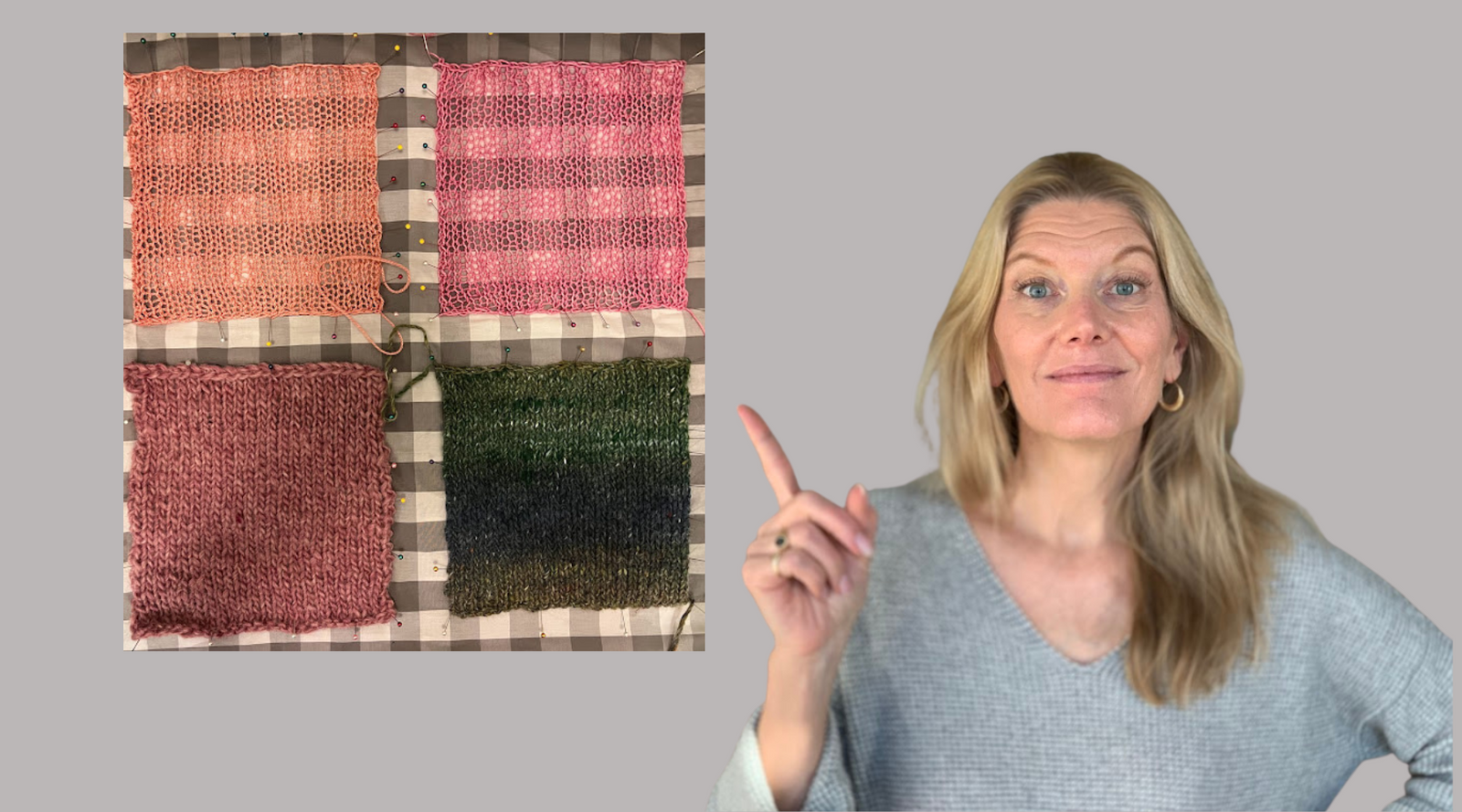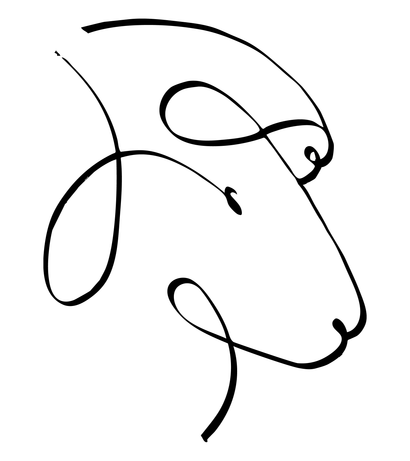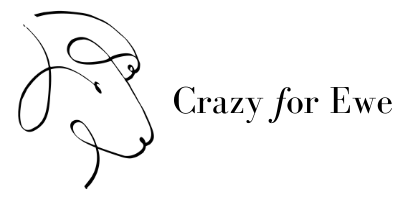Free shipping on all domestic orders over $150
Free shipping on all domestic orders over $150
Shop
Add description, images, menus and links to your mega menu
A column with no settings can be used as a spacer
Link to your collections, sales and even external links
Add up to five columns
Add description, images, menus and links to your mega menu
A column with no settings can be used as a spacer
Link to your collections, sales and even external links
Add up to five columns

Understanding gauge in knitting- when you're substituting yarn
October 03, 2022 4 min read 2 Comments
Gauge in knitting is nothing more than the size of the stitches we are creating. The size of the stitches is measured by how many stitches fit into a given linear measurement, typically one inch or four inches. So we get gauge terms like 4 stitches per inch or 16 stitches per 4”. I did a fun blog post explaining this concept using gumballs. You can read it here.
There is still a lot of confusion about gauge, though, particularly when it comes to changing yarns in a pattern. This topic comes up especially when I am teaching Emma, the basic Cocoknits sweater, designed at a gauge of 3 stitches per inch (or 12 stitches per 4 inches)
To get a gauge of 12 stitches per 4 inches, we typically choose a bulky yarn (CYCA number 5)
We would swatch that yarn on a needle anywhere from a US 10.5 (6.5mm) to a US 13 (9mm) to see which needle will give us 12 stitches per 4”. Let’s assume we get that gauge on a US 11 (8.0mm) since that’s what I used for my Emma.
But what if we don’t want a bulky sweater? Maybe we want a lighter weight Emma. There are certainly versions of the Emma sweater shown in the book that use a lighter weight yarn. So we ask:
Can I use a different yarn weight for a pattern?
Sure, we can use any yarn we want for a pattern. But in order to make sure the garment comes out the size indicated in the pattern, we must knit the substitute yarn at the same gauge as the yarn recommended in the pattern. While you’ll want to swatch to be sure, it’s likely you’ll be using the same needle for the substitute yarn as you did for the original yarn.
For example, we used size 11 needles to get the Emma gauge of 12 stitches per 4 inches with the bulky yarn, but maybe we want to try an Aran weight yarn for a lighter fabric. We will swatch the Aran weight yarn on the size 11 needles because we still need to get a gauge of 12 stitches per 4 inches. Even though Aran weight yarn has a recommended gauge of 16 stitches over 4 inches on a US 8 or 9, what’s important here is the gauge of the fabric so that our finished garment will come out the right size
If you’re changing yarn weight in a pattern, you still need to keep the gauge the same If we’re changing yarn weight in a pattern we don’t change the needle size because we need to keep the gauge consistent. The gauge is what drives the finished size of your garment, and if you go up or down a needle size your stitches will be smaller than required to get the finished size you need.
The needle size is the key to gauge
Even if we were to use a dk weight yarn, or even a fingering weight yarn for your Emma, we would still use the same size needles because we need the gauge to be the same.
It is the needle size we use, not the yarn, that controls the gauge of our fabric. I know this is confusing, so here are some visuals to help,.
Here is my first Emma swatch using bulky yarn on a US 11 needle. I cast on 24 stitches and worked 48 rows per the gauge of the pattern.

See how the bulky yarn snugs up and gives a thick fabric with no visible spaces between the stitches?
Here is an Aran weight yarn, Noro Okunoshima that I used for my second swatch. I used the same size 11 needles for this swatch

These stitches don’t snug up as closely together. The fabric is thinner because the yarn is thinner. The stitches are exactly the same size as those in the bulky swatch, but they look smaller because the thinner yarn doesn’t fill up the space quite as fully. I find this fabric to be perfectly acceptable for the Emma sweater, though. Even though it's native gauge is 16-18 stitches, it look fine at 12 stitches to 4 inches, and is a very wearable fabric in my area.
Here are two Emma swatches. On the left is a sport weight yarn, and on thre right is a fingering weight yarn..

Again, both swatches were worked on a size 11 needle. The stitches are exactly the same size as those in the other two swatches, but they look very large because they are loose, relative to the size of the yarn. The fabric is extremely open.
All four of these swatches have a gauge of 12 stitches over 4 inches.

They will each create the exact same size Emma sweater, but the look and feel of the fabric in each version will be very different.
It works this way for all yarn substitutions, whether we’re opting for lighter than recommended yarn or a heavier than recommended yarn. We might ask:
Can I use worsted instead of dk weight yarn?
Yes, although the fabric you get using worsted weight yarn will be heavier and stiffer than the fabric you would get using dk weight yarn knit at the same gauge. Same with using dk instead of sport, or sport instead of fingering.
When you’re substituting yarns, you're pretty safe moving between dk and worsted, sport and dk. The greater the difference between the yarn weights, the greater the variance between the fabrics will be. Always swatch the new yarn at the pattern’s recommended gauge to be sure you are happy with the fabric at that gauge.
As I have been known to say, whatever the question in knitting, the answer is likely to be, swatch it and see. ~Ellen
If you liked this post, please share2 Responses
Peggy
April 02, 2024
thanks. This was helpful. I have a baby blanket pattern calling for weight 3 yarn, two strands to be held together throughout. I can’t find the colors I need in baby weight, so could I use weight 4 (something soft like Caron Simply Soft), but just do single strands? Do the same rules for swatching apply — that is, A) Mae a swatch, and B) use the same needles?


Ellen Lewis
April 03, 2024
Yup! Swatch with the same needles !